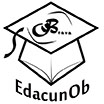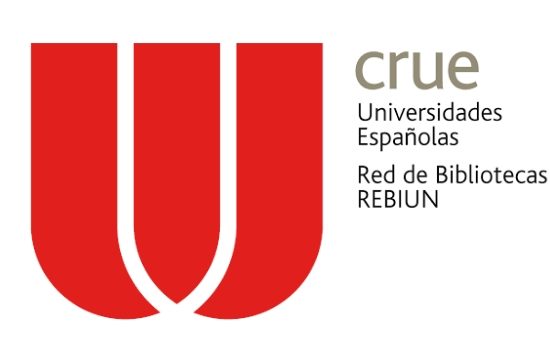LA TEORÍA DE LAS INTELIGENCIAS MÚLTIPLES: TÉCNICAS PARA SU DIAGNÓSTICO Y RELEVANCIA EN LA FORMACIÓN DE PROFESIONALES DE LENGUAS EXTRANJERAS
THE MULTIPLE INTELLIGENCES THEORY: TECHNICS FOR ITS DIAGNOSIS AND RELEVANCE IN THE FORMATION OF PROFESSIONAL OF FOREIGN LANGUAGES
Palabras clave:
inteligencia, inteligencias múltiples.Resumen
En el presente artículo las autoras identifican presupuestos básicos acerca de la inteligencia, se explican algunas características fundamentales de la Teoría de las Inteligencias Múltiples de Howard Gardner y se presentan sugerencias para su posible aplicación en la formación de profesionales de la educación, especialidad de Lenguas Extranjeras, en Cuba. Muestran dos instrumentos que pueden ser utilizados para identificar las inteligencias y cómo tenerlas en cuenta en la dirección del proceso de enseñanza-aprendizaje. Se asume que poseer conocimientos acerca de las inteligencias de nuestros estudiantes y propiciar su desarrollo desde la dirección del proceso de enseñanza-aprendizaje son elementos medulares para lograr la formación integral de los futuros docentes y es una vía para elevar la calidad de la clase desarrolladora de lenguas extranjeras.
ABSTRACT
In this article, the authors explain some basic theoretical aspects about human intelligence as well as some of the main characteristics of the Theory of Multiple Intelligence given by Howard Gardner and suggestions about how to implement it in initial foreign language teacher education in Cuba. The authors suggest two data collection techniques that allow the identification of the intelligences and explain how they can be taken into account in the teaching learning process. It is assumed that to know the students’ intelligences and facilitate their development are significant elements to be taken into account in order to achieve students’ integral education and it is one way to achieve quality in the language lesson.
KEY WORDS: intelligence, multiple intelligences.


































































